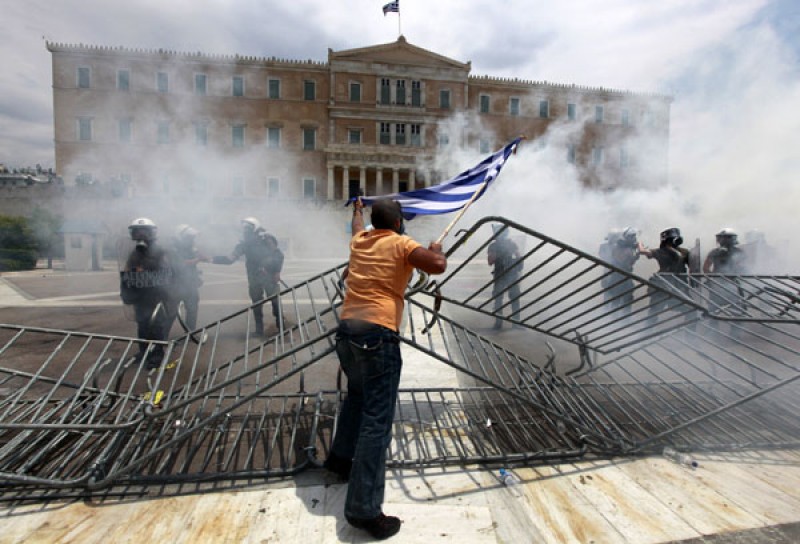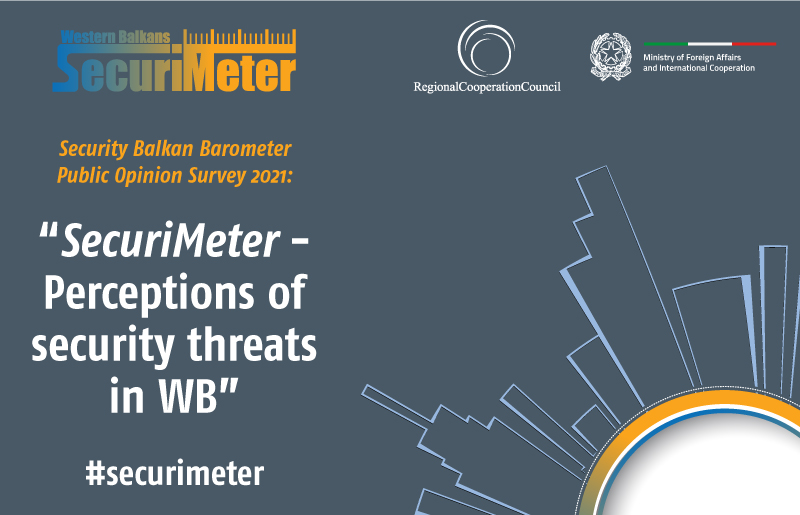- Home/
- News
Radicalization in Greece: Trends and Challenges
In Greece, radicalization leading to violent extremism and terrorism is mainly politically driven and connected with the outcome of two central traumatic events – the civil war of 1944-1949 and the military dictatorship of 1967-1974.
Considering those two events as the main ideological mechanisms fueling radicalization and the justification of political violence, we can highlight three broad phases of radicalization in modern Greece from 1974 onwards:
1st phase, post-dictatorship period, 1974-2007: the Greek junta leaders are put on trial and democracy is re-established. Far left extremism emerges and far left terrorist groups are formed, led by the November 17 group. In its first attack, November 17 kills the CIA station chief in Athens in 1975. It goes on to carry out many more attacks up to the early 2000s.
2nd phase, 2008 – 2010: the police killing of teenager Alexandros Grigoropoulos in December 2008 sparked massive and violent rioting in Athens and other cities across Greece. This period saw anarchist-nihilist terrorism and extremism on both the far left and the far right.
3rd phase, 2011 to the present: the ratification of austerity measures led to popular unrest while increased migration flows fueled polarization between natives and migrants. This period saw more anarcho-nihilist terrorism and extremism on the far left and far right. Unrest spiked in 2011 in mass protests and riots against migrants after the murder of Manolis Kantaris by three Afghans. More unrest followed in 2013 after the left-wing rapper Paul Fyssas (Kilah P) was murdered by George Roupakias, a member of the far-right Golden Dawn group.
Although there are some enduring long-term ideological drivers behind politically inspired radicalization in Greece, we can observe that there are also important differences between the three phases.
Starting from the left wing – anarchist side, there are clear claims concerning revenge and payback in each phase.
During the first phase we have revenge for the junta and its backing by the USA and anger directed at the political system for perceived injustices. In the second phase, the anarchist and far left groups called for rebellion and even outright war against the state as a response to state violence. In the third phase, calls for revolution were driven by repression and austerity measures.
Turning to the other side, during the first phase far right groups supported resistance to what they saw as the dangers of socialism and stood up for the continuation of the junta ideology and their idea of the purity of the nation. In the second phase, the mobilization and influence of the far-right groups was limited. In the third phase, however, they staged an impressive comeback with violent reactions, both in discourse and actions. The drivers were state repression and the austerity measures, intervention in Greek politics by the EU and the International Monetary Fund, the power of Germany, the enduring perceived dangers of communism and socialism, and the migrant influx
The Current Situation
In light of the analysis above, it is obvious that the main threat of radicalization leading to violent extremism and terrorism in Greece comes from the politically driven spectrum. At the moment, the main threat is from the far-left and anarchist terrorist organizations. Their ranks are numerous and they are successful in radicalization and recruitment.
Among them, the most important is the terrorist organization “Conspiracy of Fire Cells”, which has sent parcel bombs to European politicians. Another important organization is the activist/ extremist group Rubicon (Ruviconas), which is responsible for a number of extremist actions in recent years.
Far-right extremism is also in also in the ascent in Greece. In fact, from the turn of the decade onwards one can say there has been a big bang on this side of the spectrum. There have been a number of incidents, most notably attacks targeting immigrants, leftists and anarchists, and new groups have been formed.
From 2010, a new phenomenon emerged – small groups of vigilantes on motorcycles carrying out a number of attacks. They are armed with sticks, chains and clubs and they usually “patrol” against immigrants.
The far right has also escalated to bombing. Recently, the Greek police arrested a number of members of the “Combat 18 Hellas” group, which has been involved in arson attacks and explosions.
Another important factor is links between organized crime and terrorists, which are sometimes formed in prisons by first and second phase prisoners. Anarchist terrorist organizations in particular seem to have close connections with criminals, at least for the supply of weaponry and explosives.
After so many years of trouble , it is no surprise to find that reciprocal radicalization and cumulative extremism are in play as well. In their ideological battles, far-left and far-right groups radicalize each other even further. Specific events, such as the murder of the rapper Paul Fyssas, make for especially strong drivers of this trend.
Finally, Islamist radicalization is not the main local concern but it is one of the major issues southern Europe faces at the regional level. At present, there is no extensive mobilization of the Muslim population in Greece but there are a number of risks which the country should manage in order to avoid the escalation of Islamist radicalization.
The most important risks are the lack of integration among second and third generation migrants, the absence of a legitimate and credible representative body for the Muslim community, the unofficial mosques, the possible reactions to far-right and racist violence, links between youngsters and foreign radicals using Greece as a transit point, logistics hub, and an escape route to the EU for foreign fighters, and local polarization in hot spots such as refugee centers.
Source: Link



 Development of specialized PCVE web site is funded by EU FUNDS CN 2017-386/831 - "IPA II 2016 Regional Action on P/CVE in the Western Balkans"
Development of specialized PCVE web site is funded by EU FUNDS CN 2017-386/831 - "IPA II 2016 Regional Action on P/CVE in the Western Balkans"